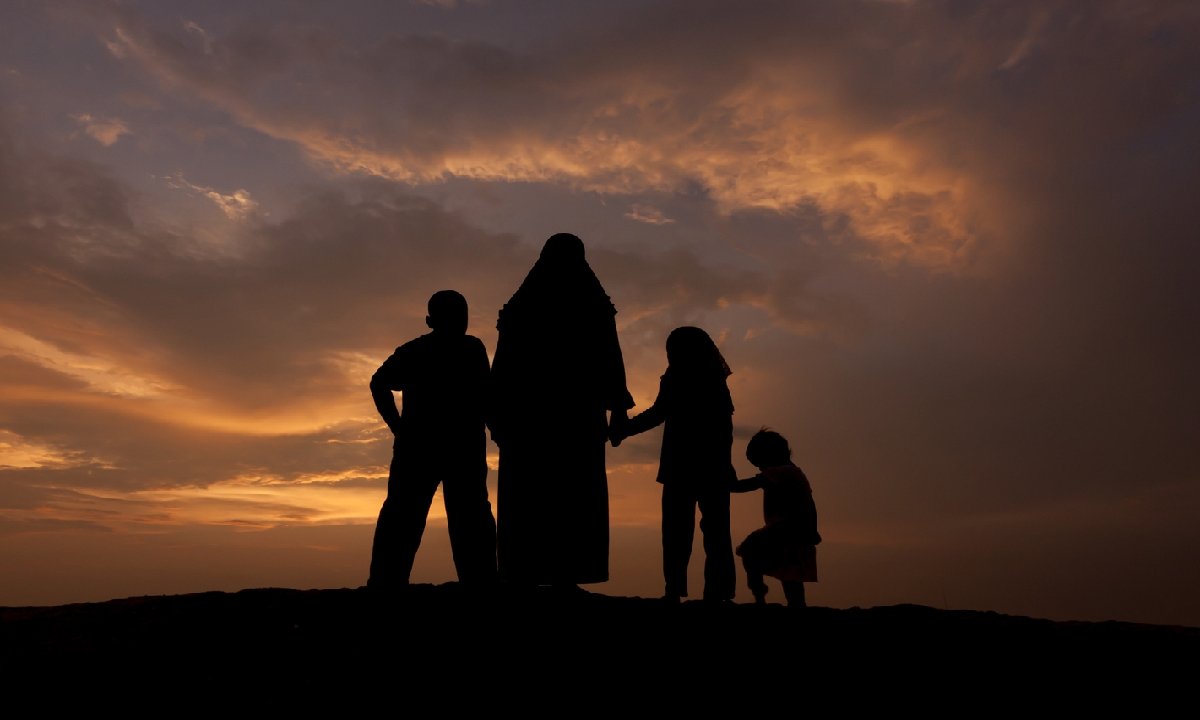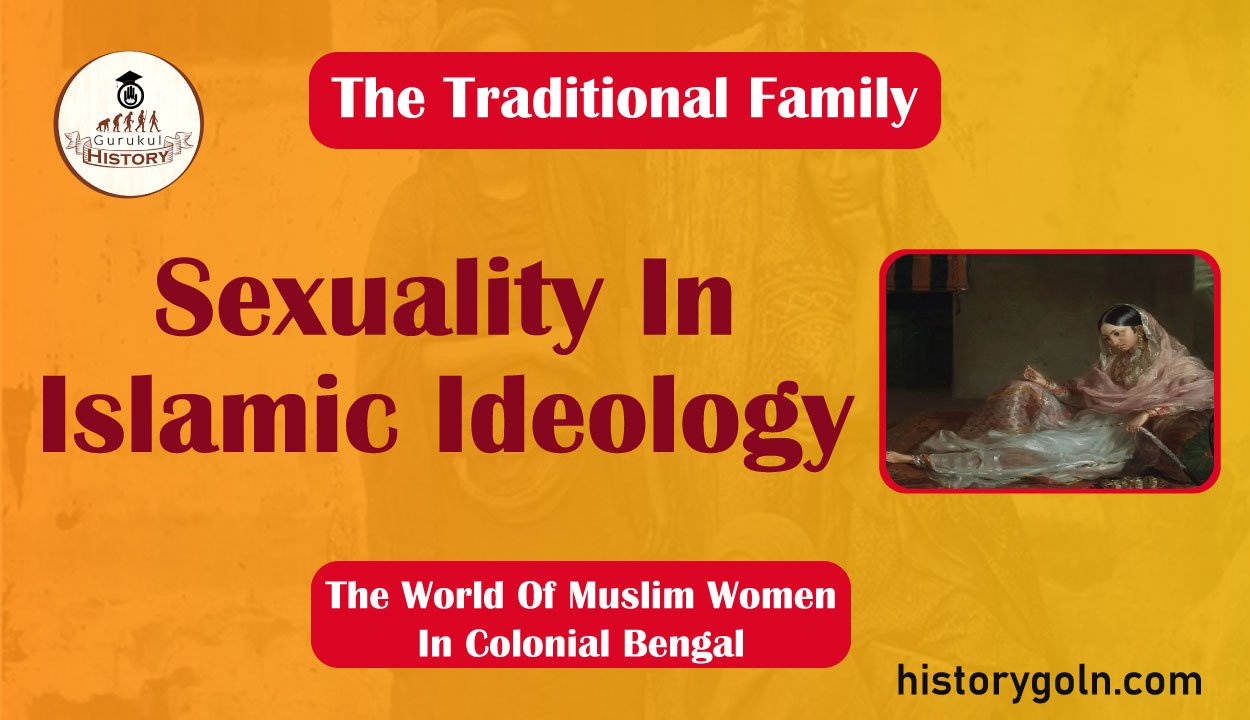Today our topic of discussion is Sexuality In Islamic Ideology .
Sexuality In Islamic Ideology

The Islamic discourse on sexuality had been formulated over centuries in several classical texts which included Bukhari’s Al-Jami al-Sahih (taught in the Bengal Muslim seminaries, and revered in many homes, popularly referred to as the Sahih Hadith): Tarmidi’s Sunan al-Tarmidi, Muslim’s Al Jami al-Sahih, Malik’s Al-Muwatta and Imam Ghazzali’s Ihya Ulum al-Din.
The text which Fatima Mernissi draws upon and uses extensively in her widely acclaimed exposition of sexuality in Islam, is Ghazzali’s Ihya Ulum al-Din (The Revivification of the Religious Sciences, translation published from Cairo in 1306-1312 Hijri), Ghazzali (1050-1111), known as Algazel in the West, was a prolific theoretician, historian and jurist.
His Kimiyae Sadat, written in Persian to give in brief the main substance of the thya, was translated into Bengali in the 1890s as Saubhagya Sparshamani (Touchstone of Good Fortune) which became popular fare both among lay and cleric. The Thya contained a discourse and exposition of sexuality in such exhaustive detail that it could very well have made Sigmund Freud a trifle envious:
The implicit theory, driven far into the Muslim unconscious, is epitomized in Imam Ghazzali’s classical work. He sees civilization as struggling to contain women’s destructive, all absorbing power. Women must be controlled to prevent men from being distracted from their social and religious duties.

The whole Muslim organi- zation of social interaction and spacial configuration can be understood in terms of women’s quid power. The social order then appears as an attempt to subjugate her power and neutralize its disruptive effects.
In contrast to the passive, frigid Freudian female, Imam Ghazzali’s portra yal of the female would have appeared truly ‘progressive’ had it not been for the manner in which this energy was viewed and interpreted.
The Ghazzalian theory at first sight appeared favourable to women in that it acknowledged women’s sexuality, but it also contained a turning of the argument which invested the sexuality with a negative force capable of destroying the social order by unleashing chaos (fitna). Man, the passive agent presumably had little role to play.
The Ghazzalian theory could then go on to directly link the security of the social order to the woman’s virtue/chastity. This chastity would have to be ensured by the satisfaction of a woman’s sexual needs through the regulated and legitimate channel of marriage Social order could be secured only where the woman limited herself to her husband, and was contained.
Thus regulation of women’s sexuality assumed a centrality in Ghazzali. A girl should be married at the first sign of sexual awakening, and henceforth her satisfaction and cont- entment became a sacred duty for the husband.
Ghazzali’s work and other classics were the texts on which Islamic dis- courses in Bengal were partly based. Influences filtering in for countless ages from far away Mecca, Medina, Baghdad, Cairo or Tehran, mingled with indigenous thought and practice to create the premises on which the Bengal Muslim’s spiritual and ideological edifices were erected.

Notwithstanding the detailed sexological treatises which were available to Muslim men, women’s exposure and reaction seems to be a mystery. The andarmahal was the domain of legitimate sexuality, unlike the public space, the bahir, where anything could happen.
With “its preoccupation with virginity, marriage and childbirth the atmosphere of the Zenana was a singularly chaste place.”72 Contact between husband and wife was limited to the night-time. There would be very little scope for contact with other males in a conservative household and only the very daring managed to strike up a liaison with anyone.
Any casual contact with the opposite sex could be titillating. Brijbhushan suggests that such a sequestered world seemed ripe ground for lesbianism but the open living (communal bedroom) for those not with their husbands in the Zenana combined with rigid sexual codes did not provide scope for alternate relationships.
See more:
